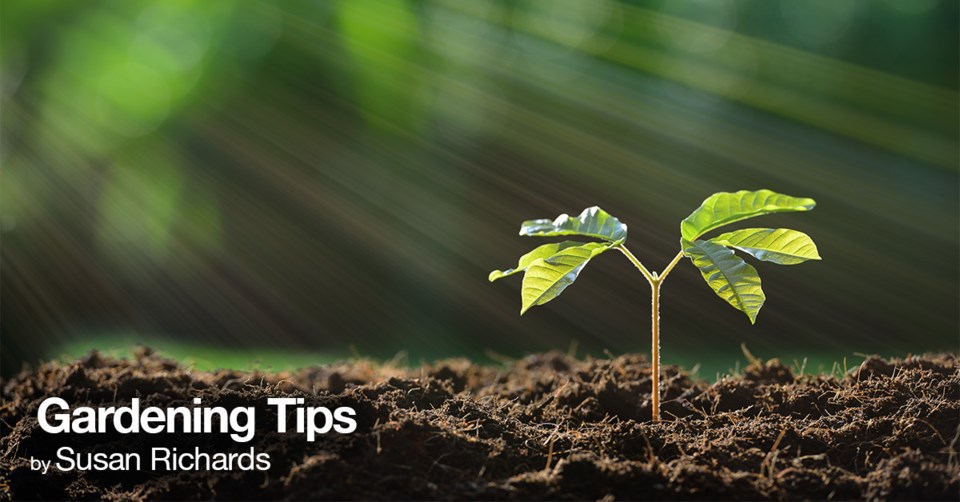As the May long weekend approaches gardeners prepare to do some planting. Hopefully we are past the worst of the cold spring weather but to be on the safe side, have some frost blanket on hand.
Traditionally, gardeners watch for the full moon in June as the last frost date. We often get a late frost if it's a clear night.
Getting plants established with good strong roots is the number one priority when planting. After that you should be concentrating on providing abundant water and nutrients. Finally, don’t forget about regular maintenance.
Occasional cutting back and dead-heading goes a long ways to keeping plants healthy and annuals blooming right through to the fall frosts!
All plants need strong roots to survive. Roots anchor them securely into the soil and provide the transportation system to deliver water and food.
Most plants prefer moist but well-drained soil. The growing medium needs to be able to absorb and hold water in the root area, but be porous enough to drain excess moisture away. Few plants tolerate wet feet!
Garden soil is classified as loam if it has a friable texture that holds its shape well when squeezed into a ball in the palm of your hand, but crumbles easily when poked with your finger.
If the soil won’t hold its shape when compressed, it is too sandy. Add a good amount of compost or other organic material such as peat moss, coir fibre or composted manure to help hold moisture.
If your soil fails to crumble after compression, it has too much clay. Once again adding organic material with the addition of sand will improve its texture and allow it to drain better.
You can never add too much organic material to any garden soil. Micro-organisms in the soil are constantly breaking it down allowing nutrients to be available to the roots.
Incorporating organic material into the soil in both spring and fall is very beneficial for the plants. Just be cautious as you cultivate around existing plants.
Try not to disturb roots too much and be careful not to damage plant crowns or stems. This can leave an open wound that allows insects and disease to enter the tissue.
If you are growing plants in containers, using the correct soil is critical. You have a very small environment for the plants to grow in with less margin for error.
I don’t recommend using garden soil in containers. Generally it is too heavy in texture and you run the risk of introducing insect and disease problems into the pots.
Buy a good quality potting mix suitable for the type of plants you are growing. Annuals grown in sunny, hot areas benefit from a container soil that has coir fibre incorporated into the mix.
This by-product of coconut harvesting will help the soil hold moisture during hot, dry weather.
When I plant my containers I use a mix consisting of two thirds potting mix and one third compost. The compost adds some body to the mix plus provides some nutrient between applications of fertilizer.
If you are placing container gardens in the shade, be sure not to over-water plants. The soil should dry out slightly between watering so roots stay healthy.
If you are growing edible plants in your container gardens, it's wise to choose a good quality organic mix. This formulation usually has compost as part of the mix.
To encourage plants to have a strong root system you can also incorporate Myke into the garden or container soil at root level. It provides beneficial mycorrhizal fungi that attach to the plant roots and grow out into a network of fine fibres.
The increase in root area allows the plant to absorb water and nutrients more efficiently thus producing a healthier plant.
